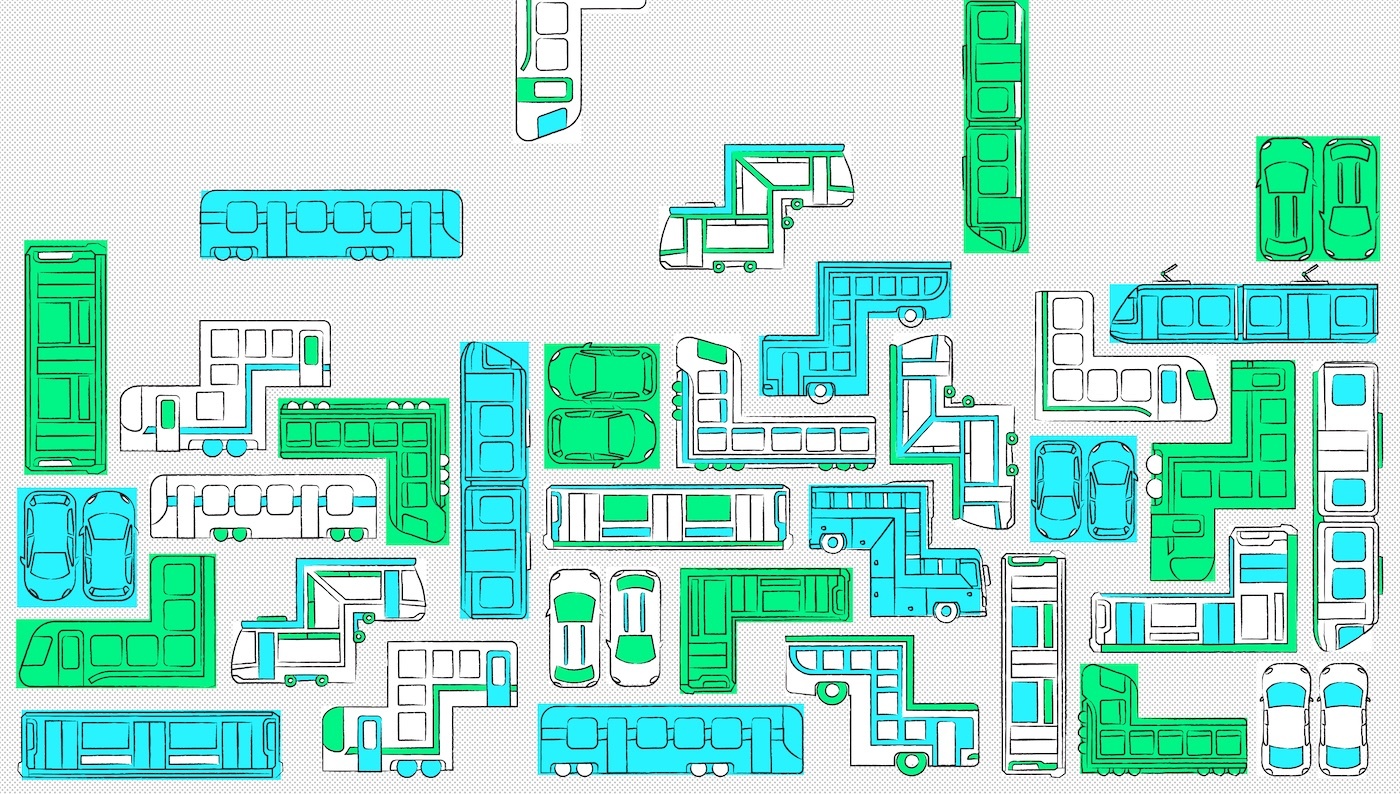ByeByeBaby
Active Member
Turnstiles won't do a thing.
The worst incident I saw one of the most recent times I took the train was someone who at City Hall yelled across from the south platform to someone (looked to me to be a random dude) on the north platform, then climbed down onto the tracks and walked across and climbed up onto the other platform to talk to them, then came back. This is not the first time I've seen someone climb down onto the tracks or back up onto the platform from the tracks. It's not common, but the people I've seen doing it seem to be some of the worst cases.
So how would a turnstile even prevent this? You can walk down the tracks 30 feet, and climb onto the platform and ignore them. (and they can also be jumped easily enough). Certainly that's not something very many people would do, but none of the other problems caused by people on C-train platforms are things that very many people do. Turnstiles can only theoretically work in situations where the only access to the platform is through the station, that is, not downtown Calgary. Until we bury the downtown LRT, we can't have restricted access to the platforms. We can spend millions on turnstiles and not have restricted access, or spend the money on service or policing or helping people and not have restricted access.
The worst incident I saw one of the most recent times I took the train was someone who at City Hall yelled across from the south platform to someone (looked to me to be a random dude) on the north platform, then climbed down onto the tracks and walked across and climbed up onto the other platform to talk to them, then came back. This is not the first time I've seen someone climb down onto the tracks or back up onto the platform from the tracks. It's not common, but the people I've seen doing it seem to be some of the worst cases.
So how would a turnstile even prevent this? You can walk down the tracks 30 feet, and climb onto the platform and ignore them. (and they can also be jumped easily enough). Certainly that's not something very many people would do, but none of the other problems caused by people on C-train platforms are things that very many people do. Turnstiles can only theoretically work in situations where the only access to the platform is through the station, that is, not downtown Calgary. Until we bury the downtown LRT, we can't have restricted access to the platforms. We can spend millions on turnstiles and not have restricted access, or spend the money on service or policing or helping people and not have restricted access.





